 If you believe everything you read online, you might believe Facebook is only a viable marketing platform if you’re already a big brand. But, a new report suggests small businesses across the country recognize the potential in advertising themselves across the site.
If you believe everything you read online, you might believe Facebook is only a viable marketing platform if you’re already a big brand. But, a new report suggests small businesses across the country recognize the potential in advertising themselves across the site.
The study from advertising research firm BIA/Kelsey says small businesses are marketing on social media more than any other form of advertising. Specifically, their data suggests nearly three-fourths of all small and medium-size businesses are investing in some form of social media marketing, whether it be paid advertising or organic outreach.
For small businesses, Facebook was easily the most popular choice for social media marketing. More than 55 percent of the businesses surveyed reported having a dedicated business Facebook page, and another 20 percent have run a Facebook ad or promoted post.
Many businesses showed that social media marketing doesn’t have to be restricted to just one platform, as several businesses also cited using other sites including LinkedIn, Pinterest, Instagram, and Twitter. Notably, the researchers did say LinkedIn is likely not being used for promotion but for recruiting and general HR purposes.
“We were impressed with the strength of the whole social media category, not just Facebook,” Steve Marshall, director of research for BIA/Kelsey, said in a statement.
The study, originally published on Business News Daily, was based on surveys of 546 small businesses with less than 100 employees.


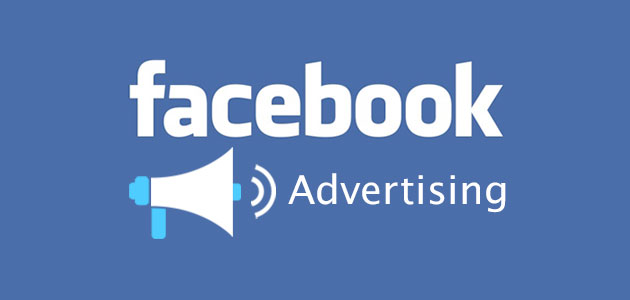
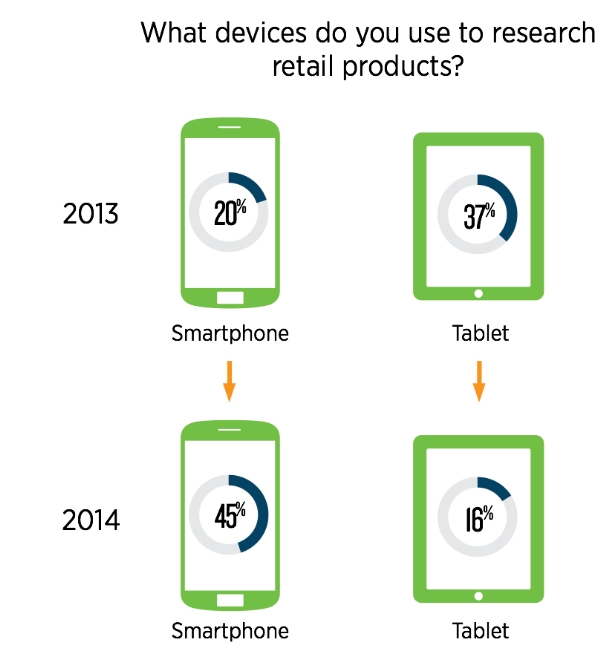
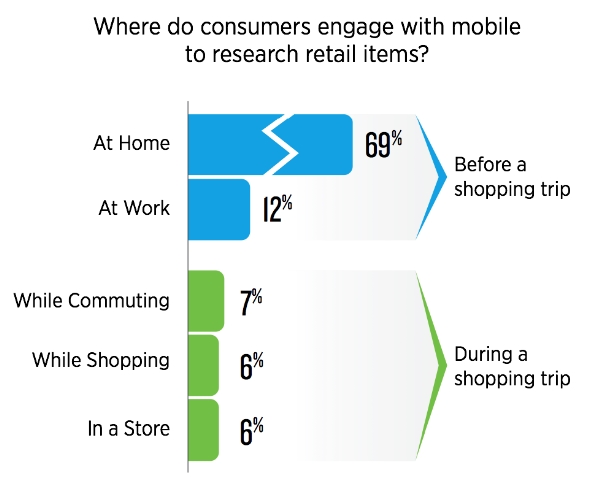
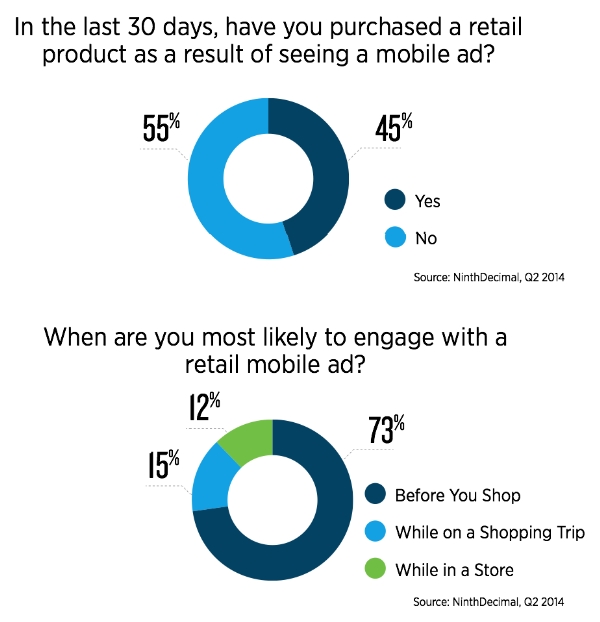

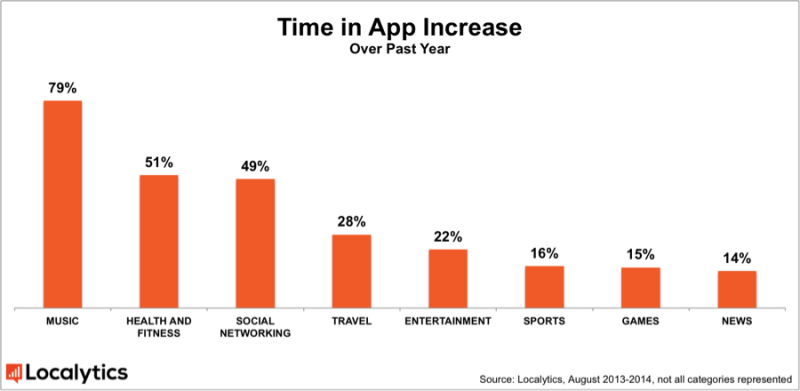
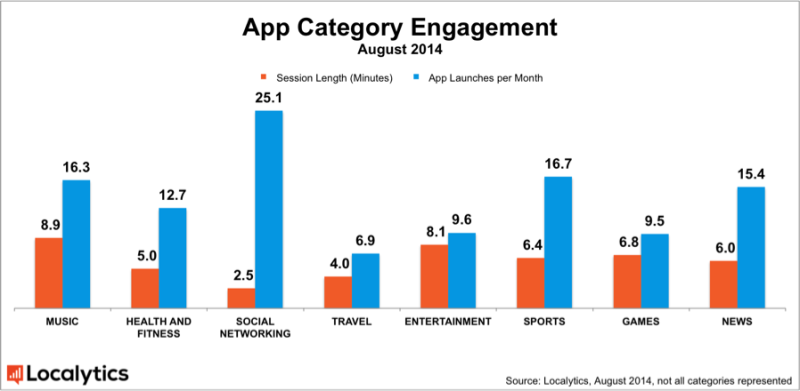
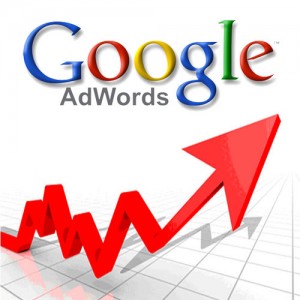 Close to a year after introducing ad extensions and formats to the AdWords Ad Rank formula, Google has announced they will be increasing their visibility as it becomes more and more clear that ad extensions improve ad performance almost universally.
Close to a year after introducing ad extensions and formats to the AdWords Ad Rank formula, Google has announced they will be increasing their visibility as it becomes more and more clear that ad extensions improve ad performance almost universally.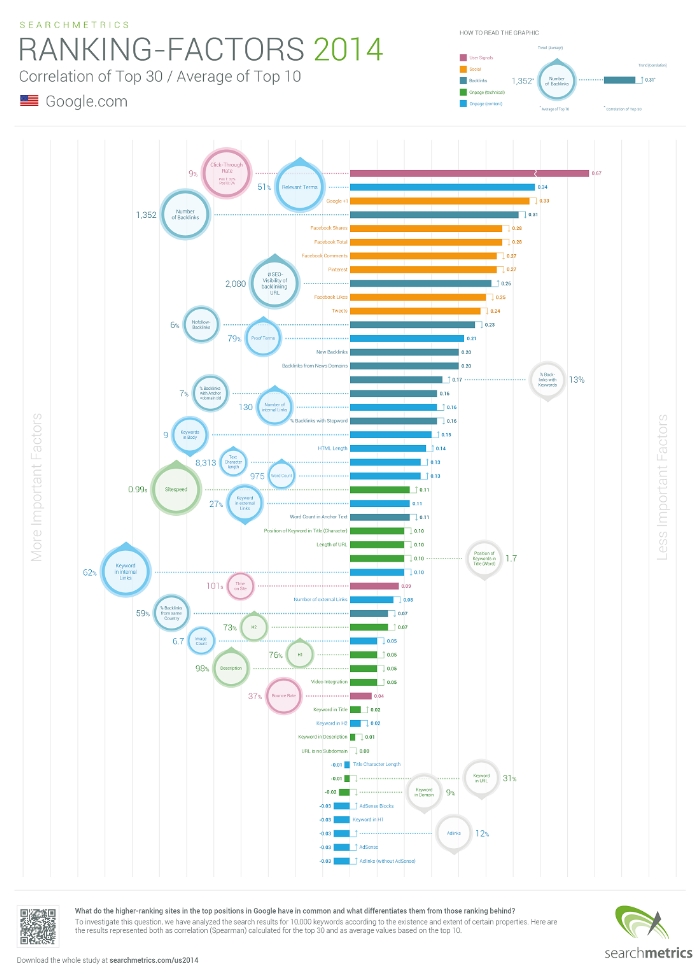
 You might assume that the largest social media platform would have the most effective paid advertising platform, but Facebook’s platform doesn’t hold the title according to
You might assume that the largest social media platform would have the most effective paid advertising platform, but Facebook’s platform doesn’t hold the title according to 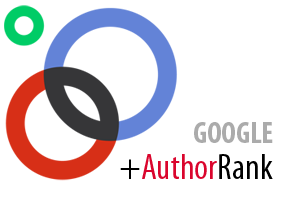 Last week, Google
Last week, Google 

